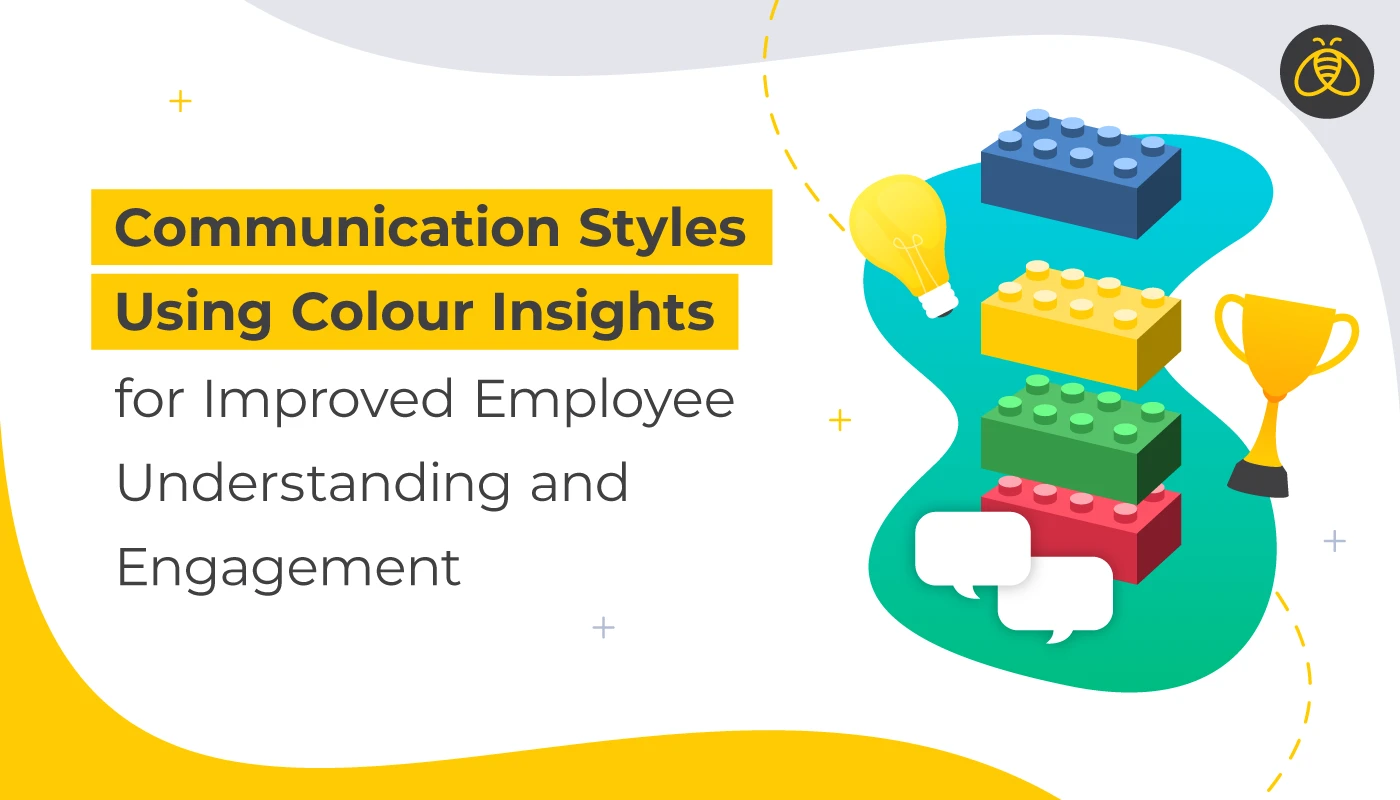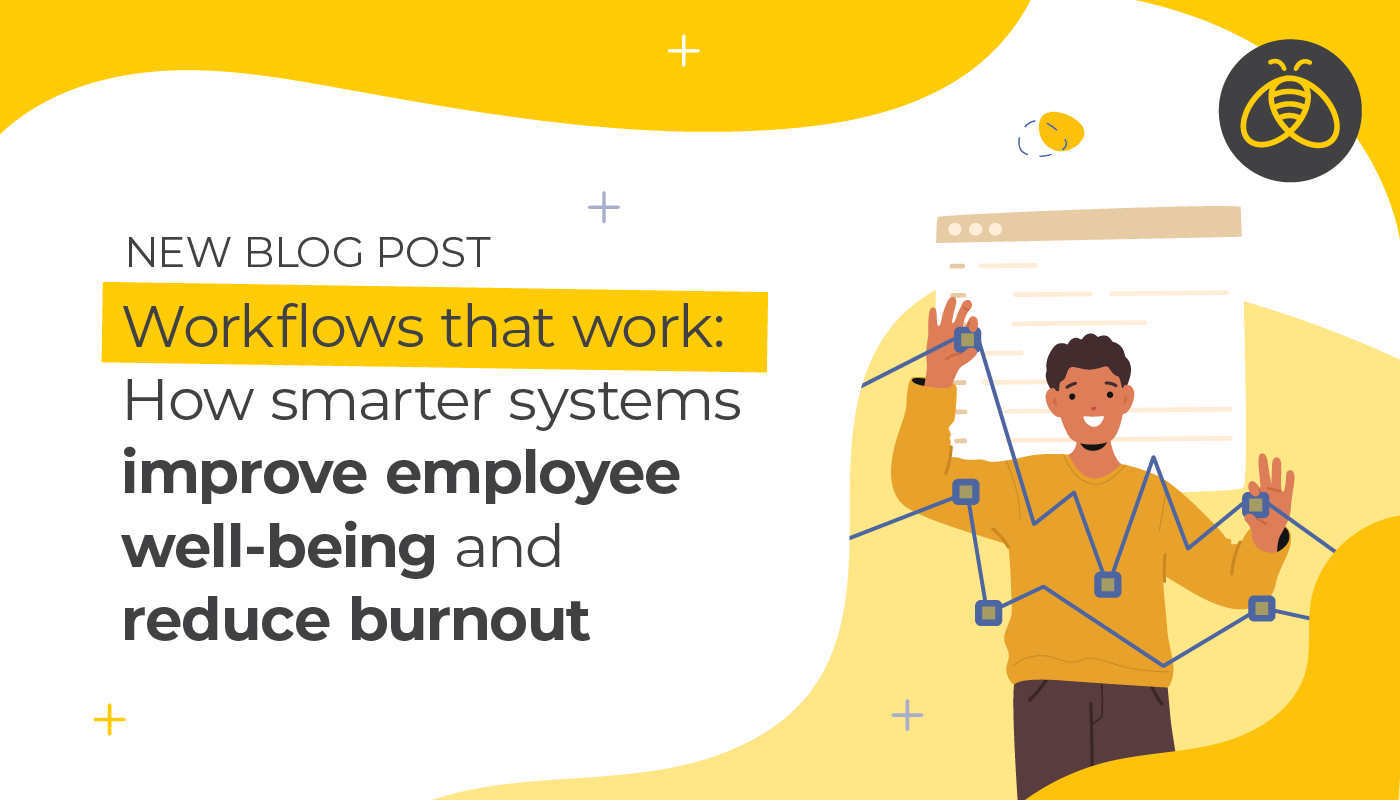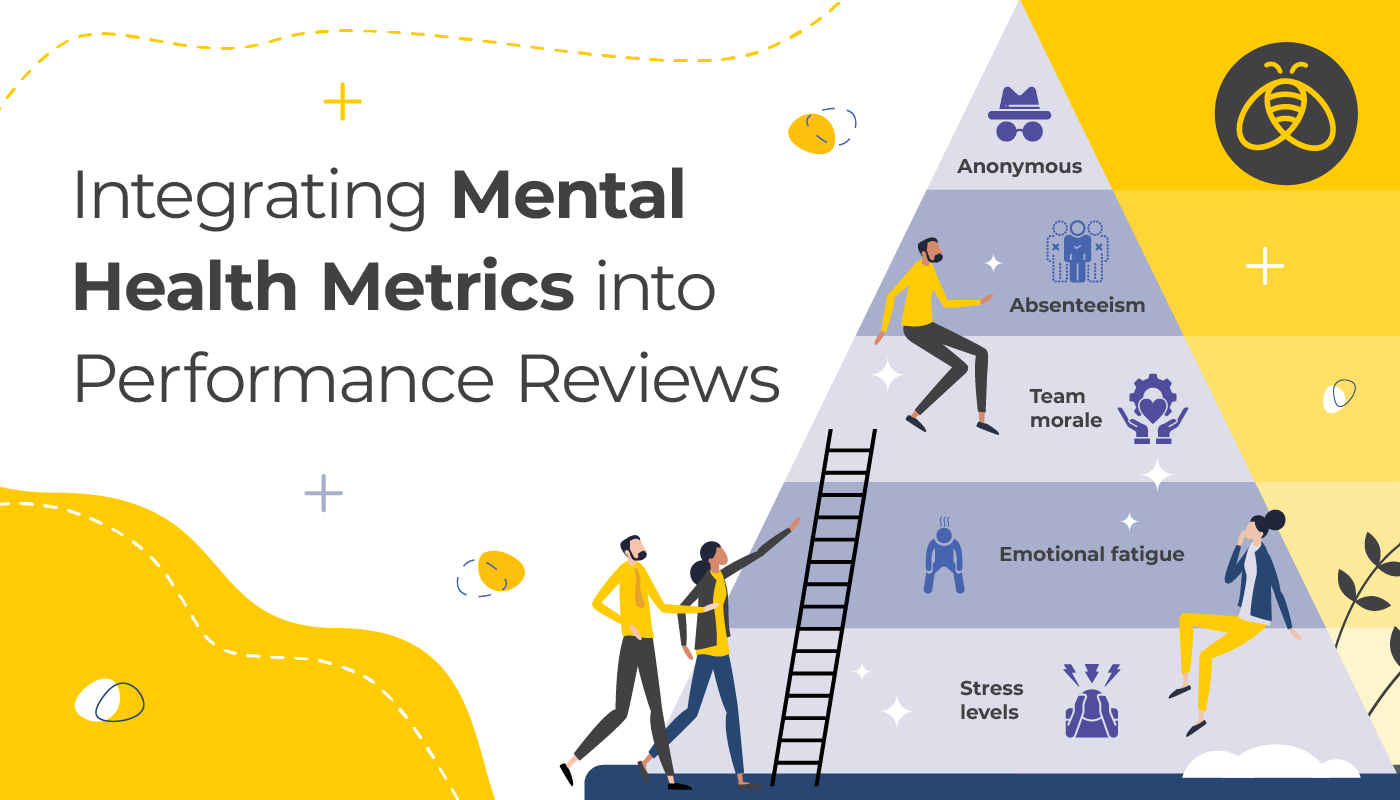Communication Styles Using Colour Insights – for Improved Employee Understanding and Engagement
By: Benefits by Design | Tuesday March 28, 2023
Updated : Monday March 27, 2023
Employee communication styles can vary from person to person. Finding out how each of your employees communicates can help improve collaboration and productivity, and therefore business success.
6 Factors Affecting Employee Productivity & How to Influence Them
How Communication Styles Can Help Your Organization
Different communication styles means that sometimes information that one person believes they are clearly imparting, is simply not being received by the other.
Enter communication styles. Grouping people or employees into categories can help them understand how they themselves best receive information. And can shed light on how others do. This includes how people prefer to be addressed (sitting down, walking, face-to-face), how they process information, as well as how they might react and respond.
When employees understand their own communication styles strengths and weaknesses, it allows them to understand that maybe not everyone communicates in the same manner. This awareness fosters better overall understanding and incentivizes employees to meet each other halfway.
Employee Benefits Communication Tactics for Diverse Workforces
The Four Colours
At Benefits by Design, we utilize the Insights Discovery colours to inform us on the different types of communication styles that our employees feel most comfortable with. After taking a personality quiz, employees are shown how much they act like each of the different colour types. Employees personalities are matched up with the traits exhibited by each colour. This means that some employees may exhibit traits from one to all four colours.
No person is simply one colour, but rather, a combination of colours, some more than others. The ones that are highest represent your best communication styles. And individuals can even have different colours resonate depending on if they are in their home environment or at work.
Red – the deciders and doers
Those employees who have red as their highest colour often display leadership qualities. These people are quick to assess a situation and make a decision. They want to know the bullet points, the main gist, and then they are off and running with it. Long discussions about the nitty gritty facts are not their favourite, and because of this, they can sometimes go full speed ahead before confirming all of the details.
Yellow – the upbeat adapters
Yellow people are usually very social. These are the folks you’ll find laughing in the kitchen, or catching up at a co-worker’s desk. They want to be included and will sometimes ramble simply to be a part of the discussion. But don’t be fooled, they are dedicated, hard workers. Yellow employees are your best advocates for workplace change, since they are quick to adapt, and view change in a positive light. They can sometimes come across as overly exuberant and energetic, which other colours may perceive as ingenuine.
Green – the concerned collaborators
Employees with high green are often the caretakers of the office. You’ll find them comforting those who are feeling low, and they often remember things like anniversaries or birthdays. Green communicators are also very good at bringing people together. They are also good at motivating other employees through supportive gestures and encouragement. They are the most emotional of the colours, and can sometimes take things too personally.
Blue – the detailed contemplators
If you have a tedious task, then employees with high blue are your go to. They are very detail oriented and have sharp minds that like to analyze everything. This means that they will ask a lot of questions, and are sometimes thinking 5 steps ahead, even if some of those steps will never actually be necessary. Blue employees can be a wonderful asset during the planning process of a project, but can get bogged down in the details when it comes time to execute.
[Free Download] How to Nail Your Benefits Communication Strategy
Communication Styles of Each Colour
As mentioned before, employees may have traits from several colours. Usually though, one colour will shine the brightest. Using this knowledge, we can tailor our communication styles to suit the employee.
Red

This is the mantra of the red employees. Which means if you are trying to explain something to them, try giving them just the bullet points. Don’t get sidetracked with extraneous tasks and minor elements. Red employees want to know the overarching information, and nothing more. They are great at taking direction and getting straight to it, but won’t hesitate to voice their opinion should they deem something to be unnecessary.
Yellow

Yellow employees want to be involved with everything, and they want to ensure that others are also included. When communicating with them, be sure to add lots of enthusiastic pleasantries. Ever received an email full of exclamation points and smiley faces? That’s most likely from a yellow. Getting side-tracked by an anecdote that relates to the job is a sure way to get them excited about it afterwards.
Green

Green employees are considered the office nurturers. Try leading with small talk to ease them into the conversation. Once they open up, green employees can be quite expressive. You’ll want to be careful about being too abrupt or pragmatic when speaking with them. Because they are concerned about how they come across, they might not say anything if something is bothering them – unless prompted. If your green employees are more quiet than usual, it could be a good opportunity to check-in.
Blue

Blue employees need to know all. They are great at deciphering complex situations but need all the specifics beforehand. If you are communicating with a blue, remember to include as much information as possible, and be prepared to answer lots of questions. Blues need time to digest information. To help with that, multiple meetings or conversations may be required – initially to set expectations, and subsequent ones to execute the plan.
Good communication can help strengthen any business. Whether you use Insights Discovery or any other type of personality categorization for your employees, these types of insights can help your employees collaborate easier, quicker, and with less friction.


